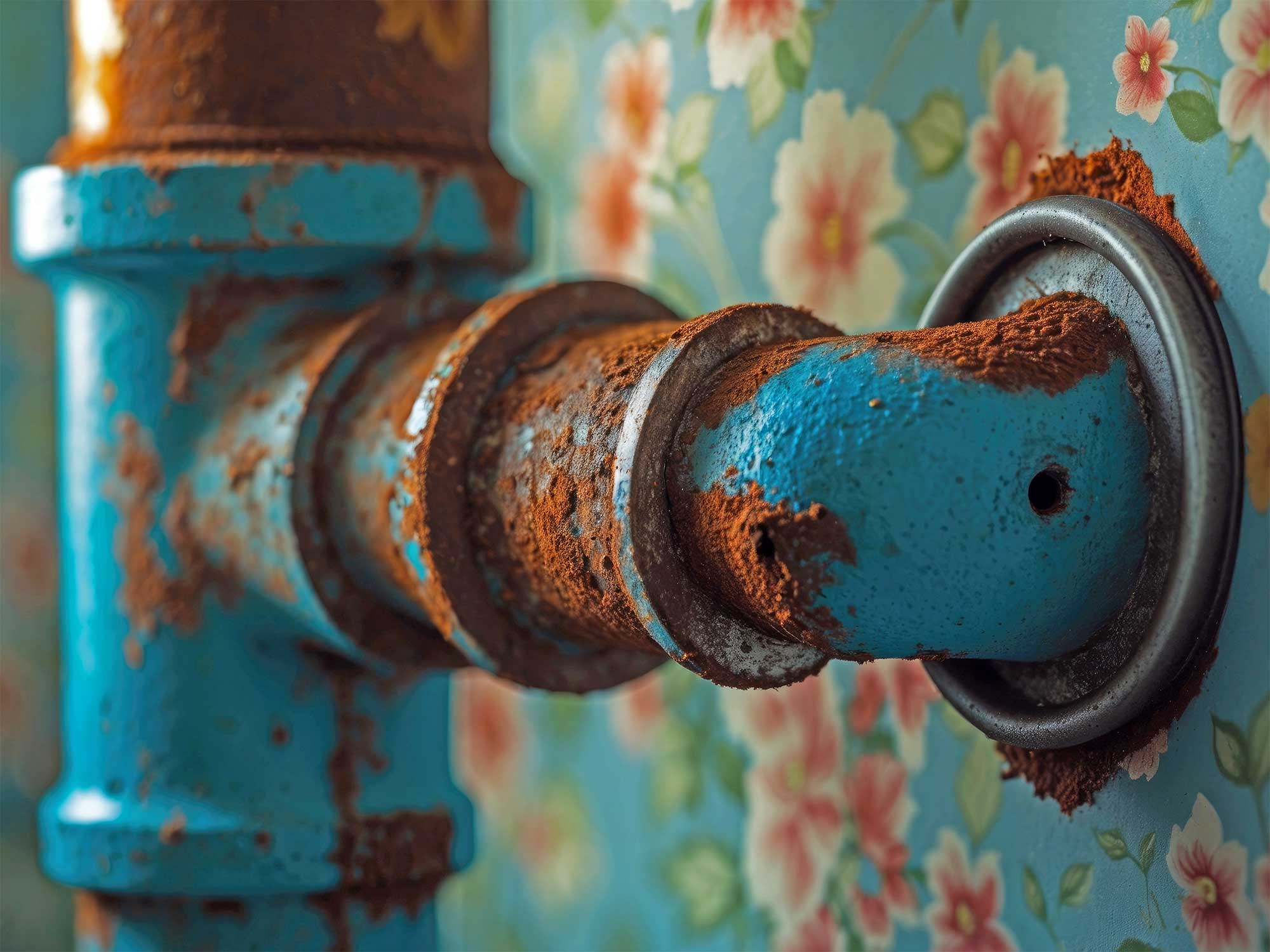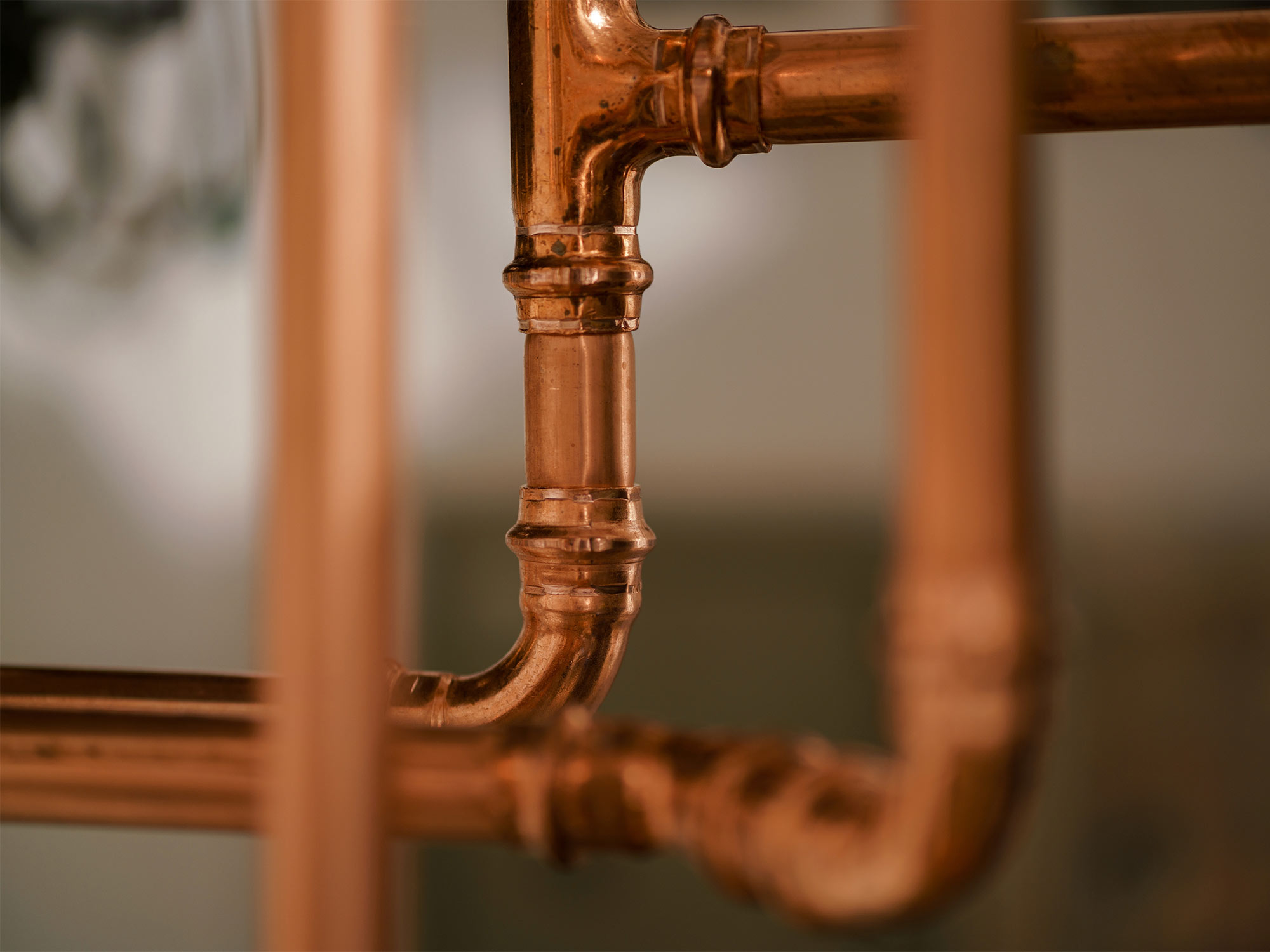Polybutylene pipes were once hailed as the future of home plumbing, but they have since become one of the biggest plumbing failures in history. Due to their tendency to degrade, leak, and cause property damage, these pipes have been the center of multiple lawsuits. Today, homeowners who still have polybutylene piping are opting for a home repipe (specifically either a PEX repipe or copper repipe) to avoid costly issues down the line.
In this article, we’ll explore the history of polybutylene lawsuits, the cost to repipe a house with PEX, and why hiring repipe specialists is the best way to upgrade your plumbing system.
The Rise and Fall of Polybutylene Pipes
Polybutylene piping was widely used from the late 1970s to the mid-1990s as a cheaper and easier alternative to copper. It was flexible, lightweight, and resistant to freezing—making it an attractive option for builders and plumbers. Unfortunately, it had one major flaw: it deteriorated when exposed to chlorine and oxidants in public water supplies.
Over time, the pipes became brittle, leading to unexpected leaks, water damage, and complete plumbing failures. As thousands of homes experienced catastrophic failures, lawsuits began to emerge.
Major Polybutylene Lawsuits
Cox v. Shell Oil (1995) – The Landmark Class-Action Lawsuit
The biggest lawsuit involving polybutylene piping was Cox v. Shell Oil, filed in 1995. Homeowners across the U.S. claimed that polybutylene pipes were defective and prone to sudden failure.
- The lawsuit resulted in a $1 billion settlement.
- The repipe cost for affected homeowners was covered through a claims process.
- Millions of homes were repiped with PEX repipe or copper through settlement funds.
This lawsuit led to the end of polybutylene pipe production and a rush of homeowners seeking repiping a house to avoid future plumbing disasters.
Other Lawsuits and Insurance Implications
As more homeowners faced costly water damage, additional lawsuits followed. Many insurance companies began refusing coverage for homes with polybutylene pipes, forcing homeowners to consider home repiping near them for insurance compliance.
Why Homeowners Are Undergoing PEX Repipes
With polybutylene pipes now obsolete, homeowners are switching to PEX repipe or copper. But what is the cost to replumb a house with PEX, and how does it compare to copper?
PEX vs. Copper for a Whole House Repipe
| Feature | PEX Repipe | Copper Repipe |
| Lifespan | 40-50 years | 50-70 years |
| Corrosion Resistance | Highly resistant | Can corrode in certain conditions |
| Cost | Lower PEX Repipe Cost | Higher Repipe Cost |
| Installation Time | Faster | Slower |
| Flexibility | High (fewer connections) | Low (more fittings needed) |
Almost all homeowners, even customers we don’t service personally, choose PEX repipes because it’s more affordable and easier to install than copper.
How Much Does a Whole House Repipe Cost?
The question we get asked quite often is: “What is the average cost to repipe a house with PEX or copper?” The short answer is that it varies depending on factors like home size and accessibility. But we are making understanding repipe house costs easier for the average homeowner.
| Home Size | PEX Repipe Cost | Copper Repipe Cost |
| Small Home (1,000 ft2) | $2,500 – $5,000 | $5,000 – $8,000 |
| Medium Home (2,000 ft2) | $4,000 – $10,000 | $6,000 – $15,000 |
| Large Home (2,500+ ft2) | $8,000 – $20,000 | $10,000 – $25,000+ |
As we easily illustrated above, the PEX repipe costs are lower due to its flexible, easy-to-install nature. On the other hand, copper repiping a house costs more, but lasts longer for the life of the home.
Whole home repipe projects for homes with polybutylene pipes often include additional drywall and flooring repairs, adding $1,000 to $3,000 to the final bill.
If you’re wondering “how much does repiping a house cost?”, contacting professional and licensed repipe specialists near you who can provide a personalized quote is the next step.
Finding the Right Repipe Specialists Near You
We’re going to make it easy for you and summarize why Repiping Plumbers is the best option for you. Our benefits to homeowners for repipe plumbing solutions are second to none:
- In all matters home repiping, we avoid using subcontractors, we work with our employees in house.
- A limited lifetime warranty on material and labor, while other companies only offer 1-5 years
- For whole home repipes, we use Uponor and PEX-A, and a 25-year warranty applies to both
- We offer drywall repair with texturing so your walls are 100% returned to normal
- We clean up as we go and avoid tracking debris throughout your house
- PEX repipes are same day solutions in our book so 97% of home repipes are completed within 1 day
- During any replumbing service, we remain 95% dust free—we cut drywall while vacuuming with a HEPA filter system
Final Thoughts: Should You Undergo a Home Repipe?
Based on the risks of polybutylene pipes and the what sorts of damage they can cause, homeowners should remove them as soon as possible. Even though the replumbing house costs might seem high, the long-term benefits are worth the initial investment:
- ✅ No sudden pipe failures
- ✅ Improved water quality and pressure
- ✅ Increased home value
- ✅ Better insurance coverage (plus you’re compliant and up to code)
The cost to repipe a house with PEX is a worthwhile investment that prevents expensive water damage and ensures reliable plumbing, whether you choose a PEX repipe or copper repipe.




